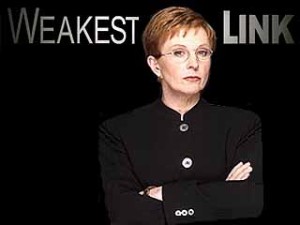 Kevin Costner has headlined some of my favorite sports movies of all time, including Tin Cup and Bull Durham. But perhaps his most loved and best-known sports film is “Field of Dreams,” famous for the line, “If you build it, he will come.” The story involves a down-on-his-luck farmer in the Midwest who suddenly hears a mysterious voice encouraging him to build a baseball diamond where his cornfield currently stands. Taking a leap of faith, the farmer decides to build the diamond, and the move eventually pays off as 1000s of visitors eventually line up to come see the “Field of Dreams.”
Kevin Costner has headlined some of my favorite sports movies of all time, including Tin Cup and Bull Durham. But perhaps his most loved and best-known sports film is “Field of Dreams,” famous for the line, “If you build it, he will come.” The story involves a down-on-his-luck farmer in the Midwest who suddenly hears a mysterious voice encouraging him to build a baseball diamond where his cornfield currently stands. Taking a leap of faith, the farmer decides to build the diamond, and the move eventually pays off as 1000s of visitors eventually line up to come see the “Field of Dreams.”
I’m someone who loves to see people make bold moves and follow their heart, but in Channel Marketing you can’t just “build it” and leave it up to fate. Many companies with the best intentions go and build “Fields of Dreams” in the form of partner portals, marketing resources, learning management systems, partner relationship management solutions. They “build it” with the assumption that their channel partners will magically “come” and use these valuable resources, resulting in more sales and a stronger, more committed channel. An even bigger myth is that these “Fields of Dreams” will attract a new crop of partner prospects. However, unless your channel is exclusive to your products, the results and returns on these dreams always disappoint. 
All too often I see companies building channel marketing plans, investing time and money into various systems without a clear path for achieving returns. They simply feel that if they “build it,” the partner “will come” and engage by embracing their new systems. But the good news is your investment in these valuable channel resources and tools don’t need to be like taking a leap of faith. A well-designed channel incentive program that shines a light on, rewards for, and recognizes key selling behaviors (including frequenting the systems “built,” such as your partner portals, marketing solutions, learning systems, etc.) can help build a strong channel partnership, one that offers a clear path to profitability. By highlighting these behaviors and introducing compelling rewards, you can help your partners understand WIIFM while laying out a blueprint for successfully selling your products. Ultimately, this will make for an easier, more clear-cut choice when they are deciding whether to do business with you or your competitors.
So remember: When it comes to Channel Marketing Programs, just because you build it, doesn’t mean they will come.
How do you design the right channel incentive program?
What is the right reward and reward investment for your partner demographic?
As always please reach out with questions or comments!
Move the Channel,
Travis





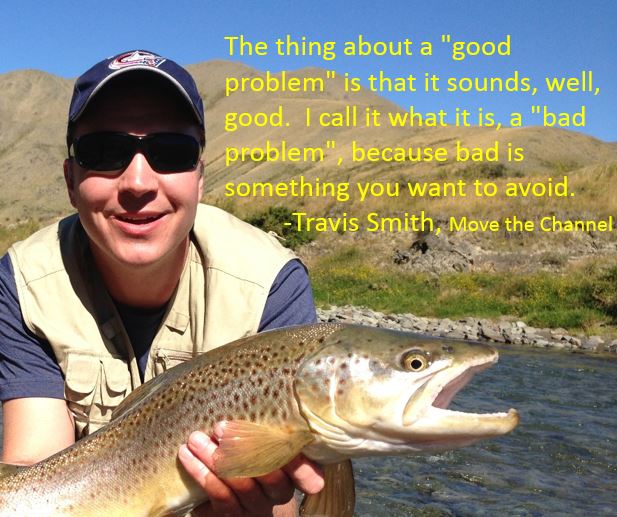


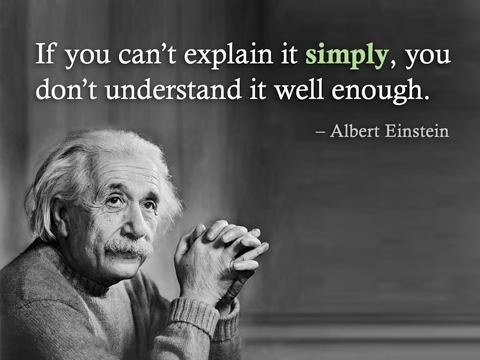
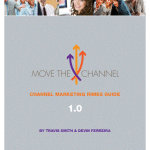

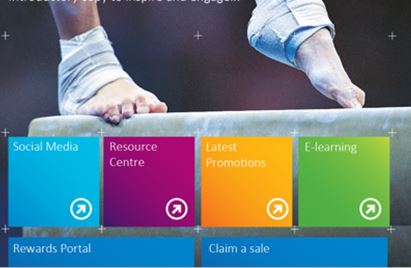


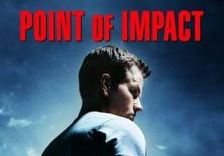


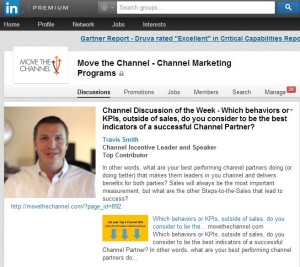
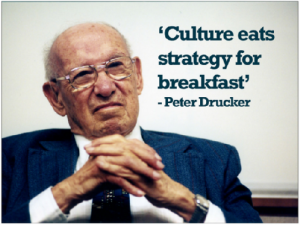




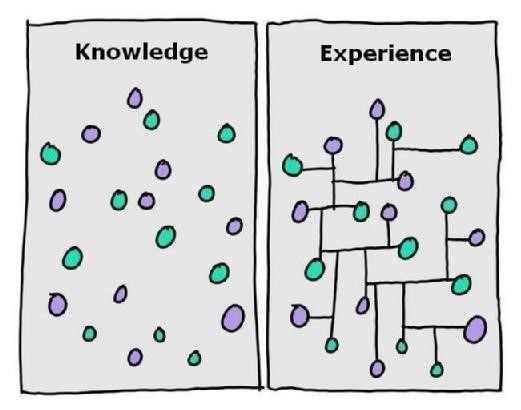
 First to be clear, when I refer to the “weakest link” I am not talking about channel stakeholder but the communication to or engagement of that channel participant.
First to be clear, when I refer to the “weakest link” I am not talking about channel stakeholder but the communication to or engagement of that channel participant.